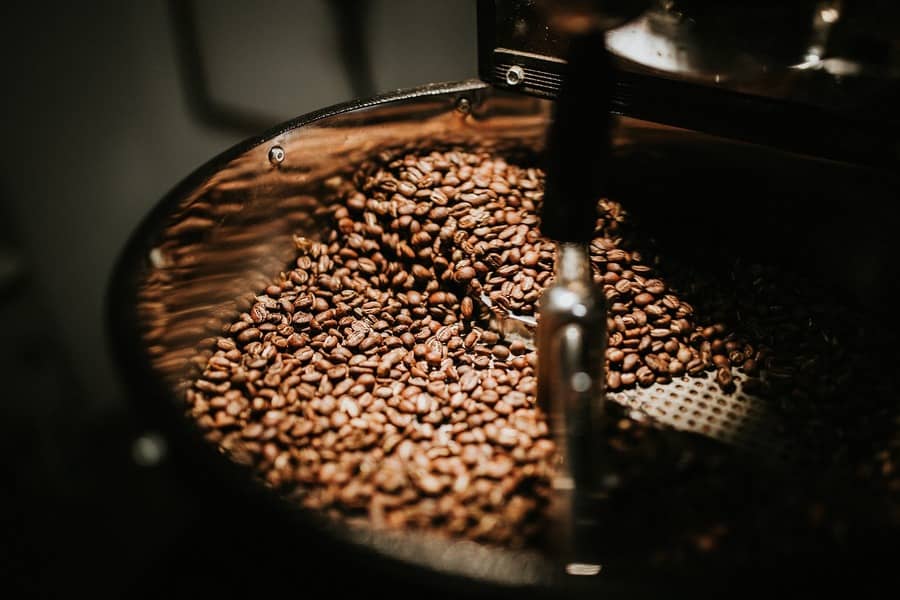Coffee interrupts the sequence of gains and falls sharply on ICE US, given signs that the market was overbought after the strong appreciation in recent weeks. The fall in the dollar, the rise in oil prices, and low certified stocks supported gains in New York. But the intensity already attracted attention, opening space for corrective movements.
The issue of ICE-certified coffee stocks has gained plenty of visibility, as buying interest is above available offers, revealing a squeezed market for the Dec/23 position. This served as an additional boost in the futures market gains. Coffee stocks stored in warehouses accredited by the NYSE fell to 410 thousand bags at the end of trading on October 25. It is the lowest level since October 2022, when stocks ended the month with only 385 thousand bags.
It is a quite common situation in recent years, with the stock exchange having difficulty in restoring stocks, which brings to the market the feeling of tight supply in the short term. Even though the cause of the decline in certified stocks is more linked to distortions between the price charged in the physical market and the ICE reference (arbitrage) than low coffee availability. In fact, it is not worth certifying coffee on the exchange. The numbers do not add up. The price received by growers at the port of origin is higher than the price they will receive when delivering the same product to the exchange minus expenses. Thus, the arrival of coffee to ICE US has decreased. The origins that most certify are Honduras, with 261.9 thousand bags currently stored, and Brazil with 125 thousand bags. Furthermore, the distortion in prices had made it attractive to withdraw coffee stored in exchanges for direct sale in the physical market, which explains the decline in certified stocks. It is important to point out that 96% of ICE-certified coffee stocks, or 392 thousand bags, are stored in warehouses in Antwerp, Belgium.
On the fundamental side, just a few changes. There are some reports of delays in shipments at the port of Santos, due to a lack of containers or adverse weather. However, thus far the volume involved has not indicated more serious problems about the pace of coffee exports by Brazil. This is only an isolated inconvenience. So much so that Cecafé’s monitoring indicates that until October 25, there was the issuing of 3.5 mln and a volume of shipped coffee of 3.2 mln bags.
Moreover, the fundamental market determinant is the potential of the next Brazilian crop. Even with lower-than-expected rainfall and high temperatures in some growing regions, overall, the picture is still quite favorable for Brazil’s 2024 crop. The market is also preparing to receive more coffee from other origins, which will begin a new production cycle during the last quarter of the year, as is the case in Central America and Colombia. Robusta shipments from Vietnam are expected to rise again, especially from next November.
In this sense, there was no change in the fundamental situation that might justify a more consistent change in the trend of the international price curve for arabica, but only a correction driven by financial factors. In any case, this helped coffee move away from the lows and draw an apparent bottom. However, without news on the fundamental side that could push buyers out of their comfort zone, the market must keep finding it difficult to sustain more significant gains in the long term, thus limiting the advance of prices.

